Your backyard isn’t just yours anymore.
Across the country, doorbell cameras are capturing a growing cast of unexpected guests—wild animals slipping into suburbia like they own the place. Coyotes strolling down sidewalks. Bobcats lounging on porches. Bears sniffing out barbecue grills like dinner’s ready.
They’re not lost. They’re adapting. And they’re bolder than ever.
From raccoons treating your trash cans like vending machines to deer turning flower beds into buffets, these animals aren’t just passing through—they’re moving in. Some even stop to pose for the camera.
So what’s drawing them out of the woods and into your cul-de-sac? And which animals are showing up most often—sometimes just feet from the front door?
The wild is getting cozy with suburbia. And we’ve got the footage to prove it.
Coyote

Coyotes have become a common sight in suburban neighborhoods, often seen trotting down quiet streets or exploring backyards. Their adaptability to urban environments is remarkable, allowing them to thrive even in densely populated areas.
Known for their cunning nature, coyotes are often spotted in the early morning or late evening, skillfully avoiding human interactions. Their presence is a reminder of nature’s resilience and adaptability.
A fun fact: Coyotes communicate with a series of distinctive howls and yips, a sound that is becoming increasingly familiar in suburban America.
Black Bear
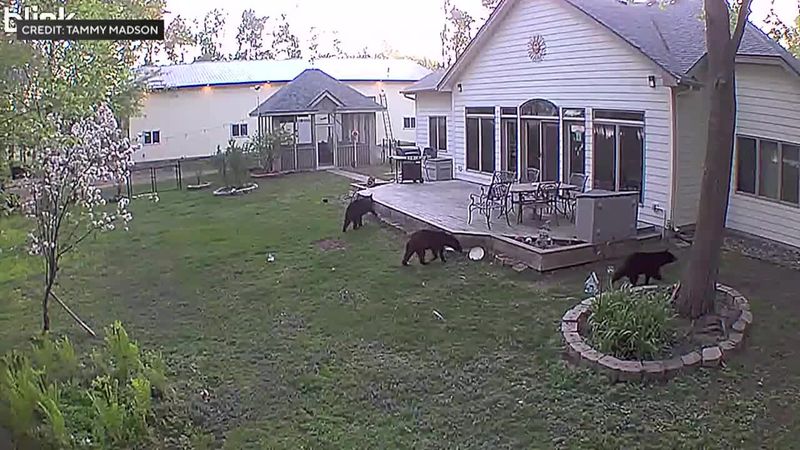
Black bears, once confined to wilderness areas, now occasionally wander into suburban neighborhoods, foraging for food. Their curious nature often leads them to rummage through trash bins, sometimes causing a stir among residents.
Despite their size, black bears are generally shy and avoid confrontation with humans. Their forays into suburbs highlight the shrinking natural habitats available to them.
Did you know? Black bears are excellent climbers and can often be seen scaling trees, even in a suburban setting, to escape perceived threats.
Raccoon
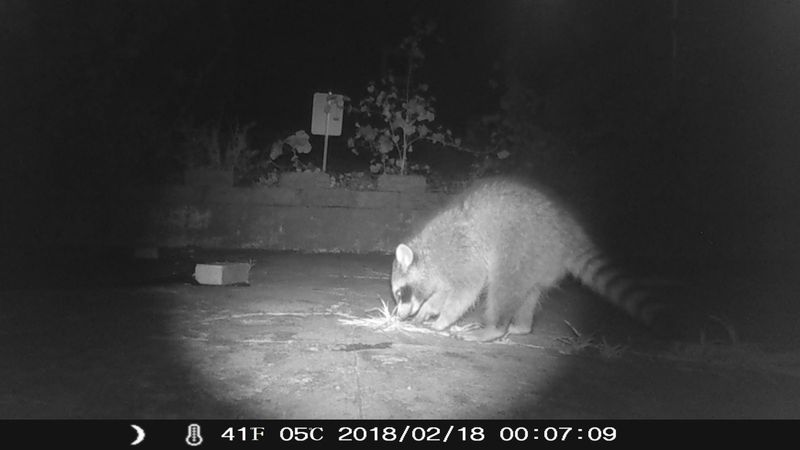
With their masked faces and nimble paws, raccoons have a knack for getting into suburban mischief. They are frequently caught on doorbell cameras, raiding trash bins and exploring attics.
Raccoons are highly intelligent and have adapted well to suburban life, using their problem-solving skills to access food and shelter. Their presence adds a touch of wildlife charm to the suburban environment.
Interestingly, raccoons can remember solutions to tasks for up to three years, making them particularly skilled at navigating human territories.
Deer
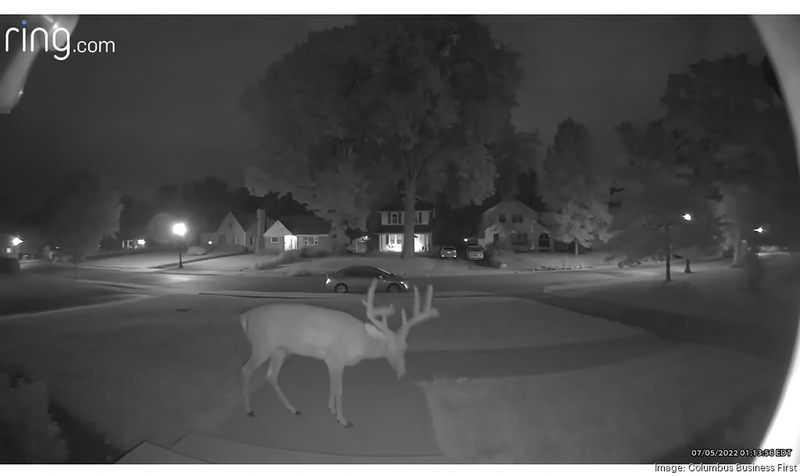
Deer are often seen as serene visitors to suburban landscapes, gracefully wandering through gardens and nibbling on shrubs. Their presence is usually welcomed, despite the occasional nibble on prized plants.
These gentle creatures have adapted well to suburban life, finding refuge in parks and green spaces. Their appearances are often a peaceful reminder of nature’s beauty amidst urban sprawl.
Fun fact: Deer are excellent swimmers, a skill they use to escape predators and navigate their environments.
Fox
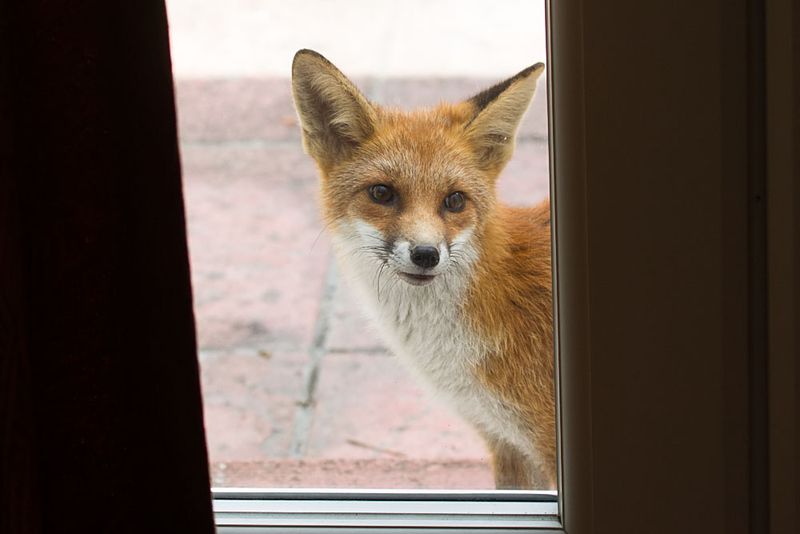
Foxes, with their striking reddish coats and bushy tails, are increasingly spotted in suburban areas, adapting to the proximity of humans. They are often seen hunting small mammals or scavenging for food.
These agile creatures are known for their intelligence and adaptability, able to thrive in both rural and urban settings. Their presence adds a touch of the wild to suburban environments.
Did you know? Foxes are known for their playful behavior, often engaging in games with each other or with objects they find.
Opossum
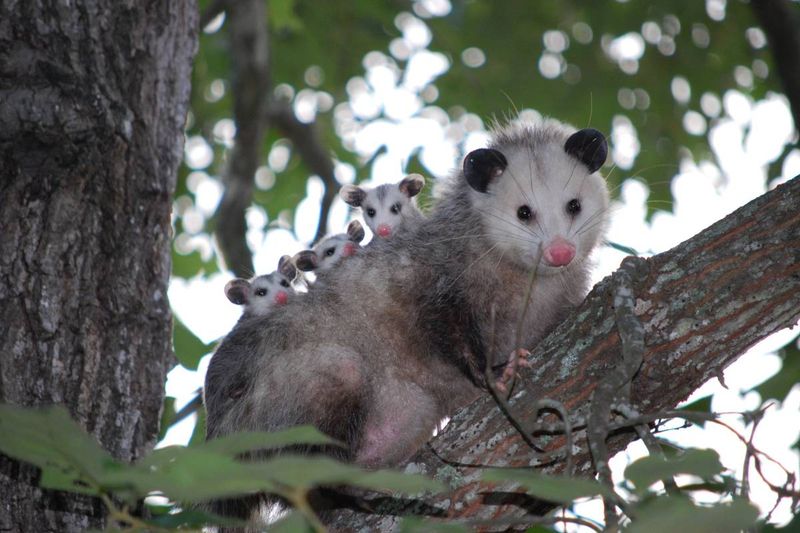
Opossums are unique marsupials that have adapted to suburban life, often seen foraging at night. Their nocturnal habits and ability to ‘play dead’ make them intriguing suburban visitors.
They are nature’s pest controllers, feeding on unwanted insects and small rodents. Despite their somewhat eerie appearance, opossums are harmless and beneficial to their environments.
A quirky fact: Opossums have a remarkable immunity to snake venom, allowing them to survive encounters with some of nature’s most dangerous creatures.
Bobcat
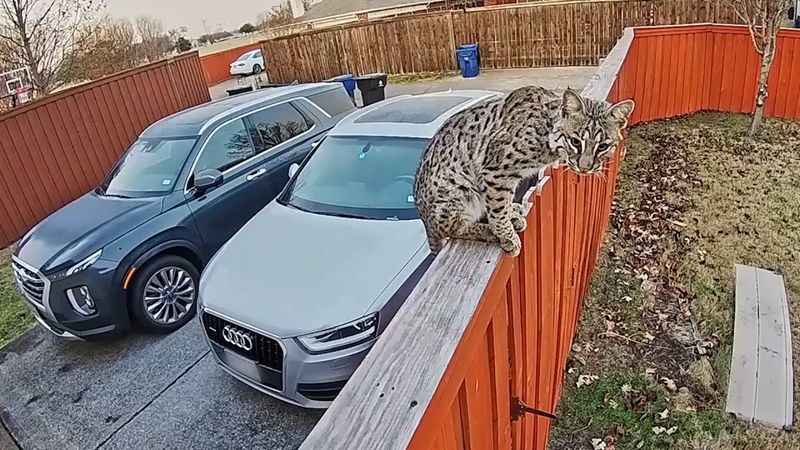
Bobcats are elusive predators that occasionally venture into suburban areas in search of prey. Their stealthy movements and keen senses make them formidable hunters even in urban settings.
These solitary animals are rarely seen, but doorbell cameras have captured their ghostly presence as they navigate suburban landscapes. Their appearances remind us of the wild’s proximity.
Did you know? Bobcats can leap up to 12 feet in a single bound, a testament to their incredible agility and strength.
Skunk
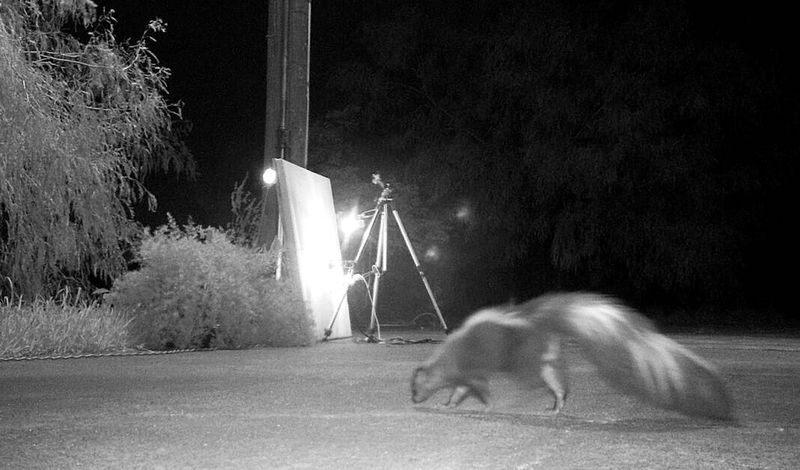
Skunks, with their distinctive black and white stripes, are common nocturnal visitors to suburban areas. They are often seen searching for food, using their keen sense of smell.
While their presence can be startling, skunks are generally harmless if left undisturbed. Their notorious defense mechanism is a potent reminder to keep a respectful distance.
A fun fact: Skunks can spray their pungent scent up to 10 feet, a highly effective deterrent for potential threats.
Mountain Lion
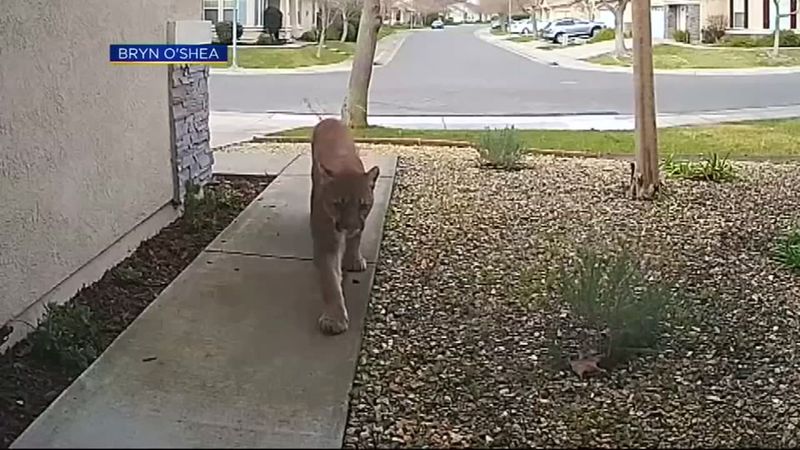
Mountain lions, also known as cougars, are rare but occasionally spotted near suburban areas, especially those close to wilderness preserves. Their presence can be both awe-inspiring and concerning.
These powerful predators are highly elusive, often moving under the cover of darkness. Doorbell cameras have occasionally captured their majestic presence, a reminder of nature’s untamed spirit.
Did you know? Mountain lions can jump up to 15 feet high, showcasing their incredible strength and agility.
Wild Turkey
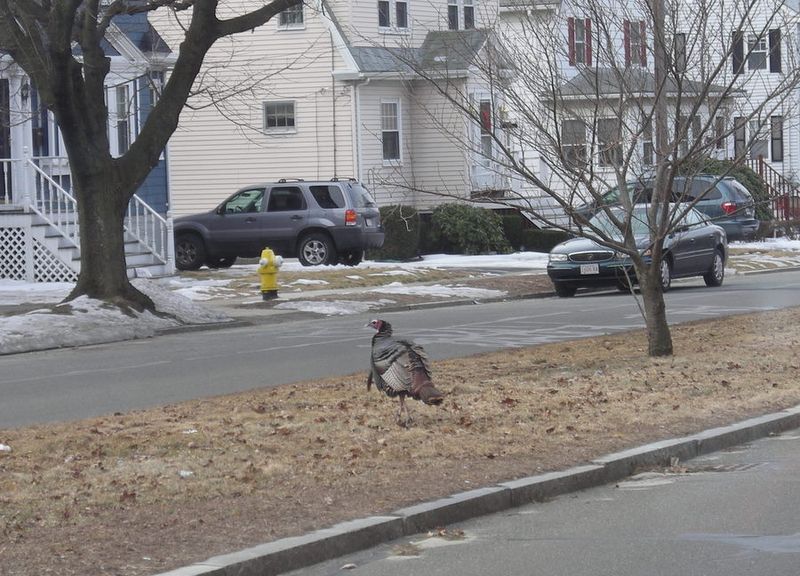
Wild turkeys have made a surprising comeback in suburban areas, often seen strutting across lawns or roosting in trees. Their presence is both amusing and unexpected in urban settings.
These birds are highly social and form large flocks, a sight that can be both entertaining and disruptive to suburban tranquility. Their gobbles and struts bring a wild touch to everyday life.
Fun fact: Wild turkeys can run at speeds up to 20 miles per hour, making them surprisingly swift on land.
Hawk
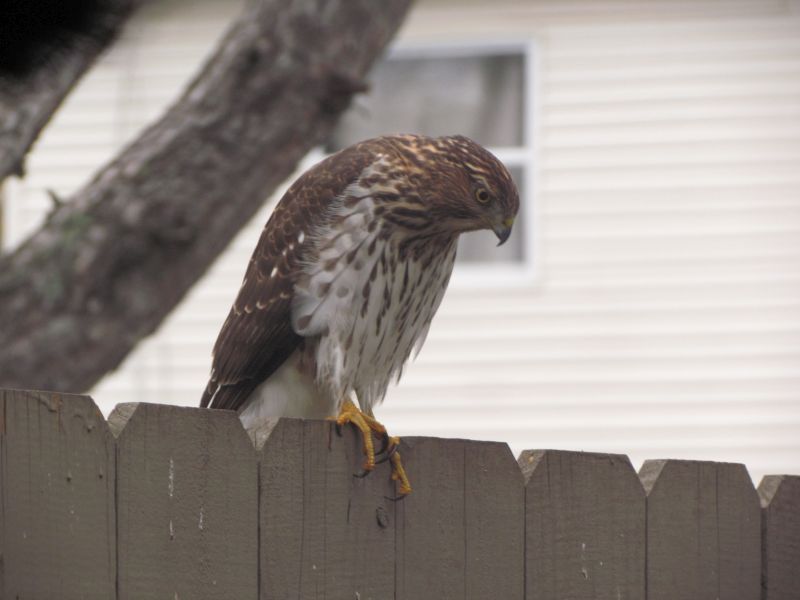
Hawks are majestic birds of prey that have adapted well to suburban environments, often seen soaring above or perching on fences. Their sharp vision and hunting prowess make them impressive suburban residents.
These raptors play a crucial role in controlling rodent populations, providing a natural form of pest control. Their presence adds a majestic element to the suburban wildlife mix.
Fun fact: Hawks can see up to eight times more clearly than humans, allowing them to spot prey from great distances.
Rabbit
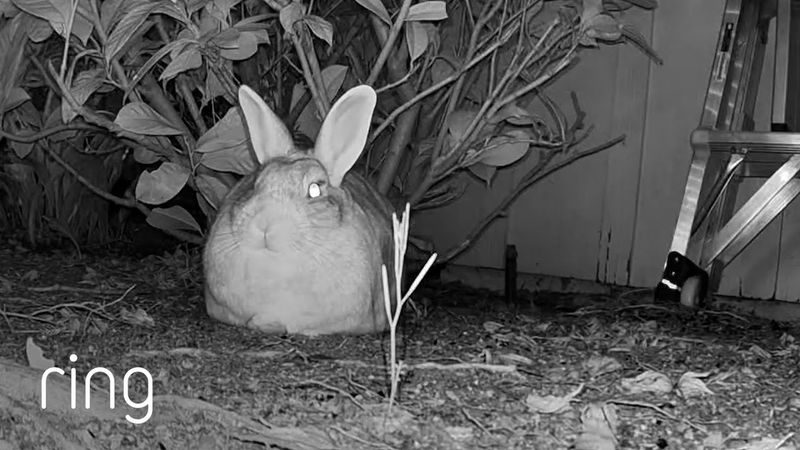
Rabbits are frequent visitors to suburban gardens, often seen munching on flowers and plants. Their presence is usually a delight to residents, despite the occasional garden damage.
These small creatures have adapted well to suburban life, finding plenty of food and shelter. Their appearances are a charming reminder of the natural world.
Did you know? Rabbits have nearly 360-degree vision, allowing them to detect predators from almost any direction, a crucial survival trait.
Armadillo
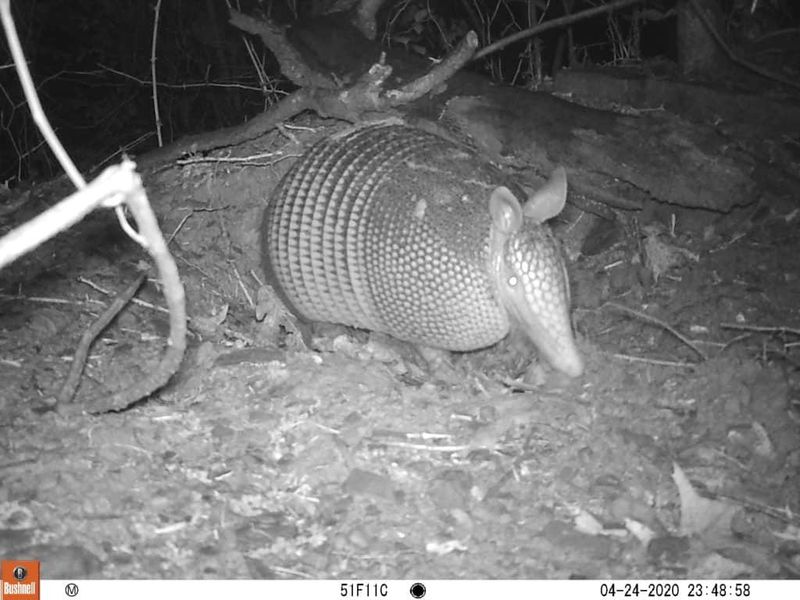
Imagine spotting an armadillo, its armored shell glistening under the moonlight, as it waddles across your backyard. Predominantly known for their presence in Texas, these creatures have started venturing into suburban areas.
They possess a knack for digging, often leaving tell-tale signs of their visit in the form of small holes in gardens. With their nocturnal habits, armadillos are rarely seen during daylight, making nighttime the prime time for sightings.
Their presence in new territories raises questions about habitat changes. Did you know? The armadillo’s ability to hold its breath for up to six minutes allows it to swim across streams effortlessly.

